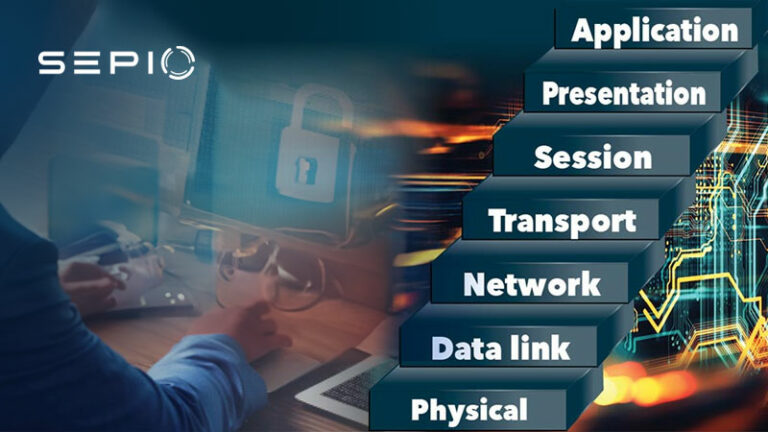According to the Department of Defense, Zero Trust Architecture fundamental principle is to trust no actor, system, network, or service, regardless of its location. Instead, the focus is on verifying all entities attempting to establish access, be it within or outside the security perimeter.
In mid-2021, President Biden issued an Executive Order aimed at enhancing cybersecurity within the Federal Government through the adoption of Zero Trust Architecture. This pivotal move emphasizes the importance of bolstering cybersecurity measures by implementing Zero Trust Architecture. Which operates on the fundamental assumption that threats are omnipresent. Both internally and externally, transcending the conventional boundaries of an organization’s security perimeters.
As the US Government progresses towards Zero Trust Architecture, the Office of Management and Budget released a strategic memorandum. Emphasizing the importance of access control in an effective Zero Trust Architecture framework. Complete device visibility emerges as a critical requirement that poses challenges for both federal and private entities.
The memorandum explicitly highlights the necessity of leveraging data from diverse sources to make informed decisions. Such as analyzing device and user information to evaluate the security posture of all activities on agency systems.
To enhance the federal zero trust architecture strategy, Sepio’s platform (HAC-1) offers invaluable assistance to Federal agencies. By providing complete visibility and analyses of devices behavior, HAC-1 enables agencies to achieve a comprehensive Zero Trust framework.
Empower your agency with Sepio’s platform and embrace a robust Zero Trust Hardware. Fortified by complete device visibility and intelligent analysis of device behavior. Strengthen your cybersecurity posture and mitigate threats with confidence.
Improving the Federal Zero Trust Architecture Strategy with Sepio
Below is a list highlighting the ways in which Sepio’s platform (HAC-1) can assist Federal agencies in achieving a comprehensive Zero Trust Model. Through complete device visibility and a focused analysis of device behavior based on the specifications of the strategy.
1. Office of Management and Budget’s Federal Zero Trust Strategy
Agencies maintain a complete inventory of every device authorized and operated for official business…
Sepio, provides agencies with ultimate device physical layer visibility fingerprinting. Sepio sees all assets operating within the enterprise’s infrastructure, whether they are managed, unmanaged or hidden.
More importantly, Sepio reveals the device’s true identity through Physical Layer fingerprinting technology and a unique Machine Learning algorithm. The deep visibility allows Sepio to calculate a digital fingerprint of all devices, ensuring a complete and accurate asset inventory.
2. Office of Management and Budget’s Federal Zero Trust Strategy
…and can prevent, detect, and respond to incidents on those devices.
Sepio, compares a device’s digital fingerprint with the extensive built-in threat intelligence database for known-to-be-vulnerable devices to instantly detect when a vulnerable or malicious device is present.
In the case of vulnerable devices, Sepio notifies the system administrator to allow for further action. When a malicious device appears in the infrastructure, Sepio automatically instigates a rogue device mitigation process that blocks the unapproved hardware. Further, Sepio integrates with existing security solutions to provide a speedy response and accelerated mitigation process.
3. Office of Management and Budget’s Federal Zero Trust Strategy
The devices that Federal staff use to do their jobs are consistently tracked and monitored, and the security posture of those devices is taken into account when granting access to internal resources.
Sepio ensures that every device is continuously verified at every given moment to ensure it is trustworthy. Through Physical Layer fingerprinting, Sepio can accurately determine a device’s risk posture to ensure access is granted to only the devices which are permitted.
4. Office of Management and Budget’s Federal Zero Trust Strategy
Agencies must ensure their Endpoint Detection and Response (EDR) tools meet CISA’s technical requirements and are deployed widely.
Sepio supports agentless deployment for its host and network device identification and risk scoring, requiring no traffic monitoring, to allow for widespread implementation within just 24 hours.
5. Office of Management and Budget’s Federal Zero Trust Strategy
Some specialized systems, such as mainframes and connected devices, may not have compatible EDR tools available. These systems are still at risk of compromise or misuse and may require defenses from other zero trust mechanisms to mitigate risk.
Sepio gathers Physical Layer information of all hardware assets and integrates with existing security solutions to easily automate policy enforcement and mitigation processes for devices without compatible EDR tools.
6. Office of Management and Budget’s Federal Zero Trust Strategy
Federal security teams and data teams work together to develop data categories and security rules to automatically detect and ultimately block unauthorized access to sensitive information.
Sepio enables federal agencies to enhance the protection of sensitive information by enforcing access controls based on a device’s attributes. Sepio’s policy enforcement mechanism allows the system administrator to define a set of rules for the system to enforce based on device characteristics. Any device that breaches the pre-defined rules automatically gets blocked from accessing the protected data.
7. Office of Management and Budget’s Federal Zero Trust Strategy
User authorization through ABAC and RBAC can be used to allow or deny access by enforcing checks based on the user’s identity, the attributes of the resource being accessed, and the environment at access-time. For example, information about the device the user is using provides the basis for a common environment-based check.
Sepio gathers the Physical Layer information of all devices to provide a more holistic overview of the user and ensure that access controls are properly enforced. Further, Sepio’s rogue device mitigation capability prevents the exploitation of privileged user access through vulnerable or rogue devices.
8. Office of Management and Budget’s Federal Zero Trust Strategy
The risks of weak or compromised network inspection devices can be higher for networks that service a diverse and dynamic set of users, devices, and network destinations, such as those used by agency staff for day-to-day work.
Sepio detects and reports rogue devices, suspected devices or precarious devices operating on the network interface that may be easily exploited.
See every known and shadow asset. Prioritize and mitigate risks.
Talk to an expert. It will help you understand how to use Sepio’s patented technology to gain control of your asset risks.






